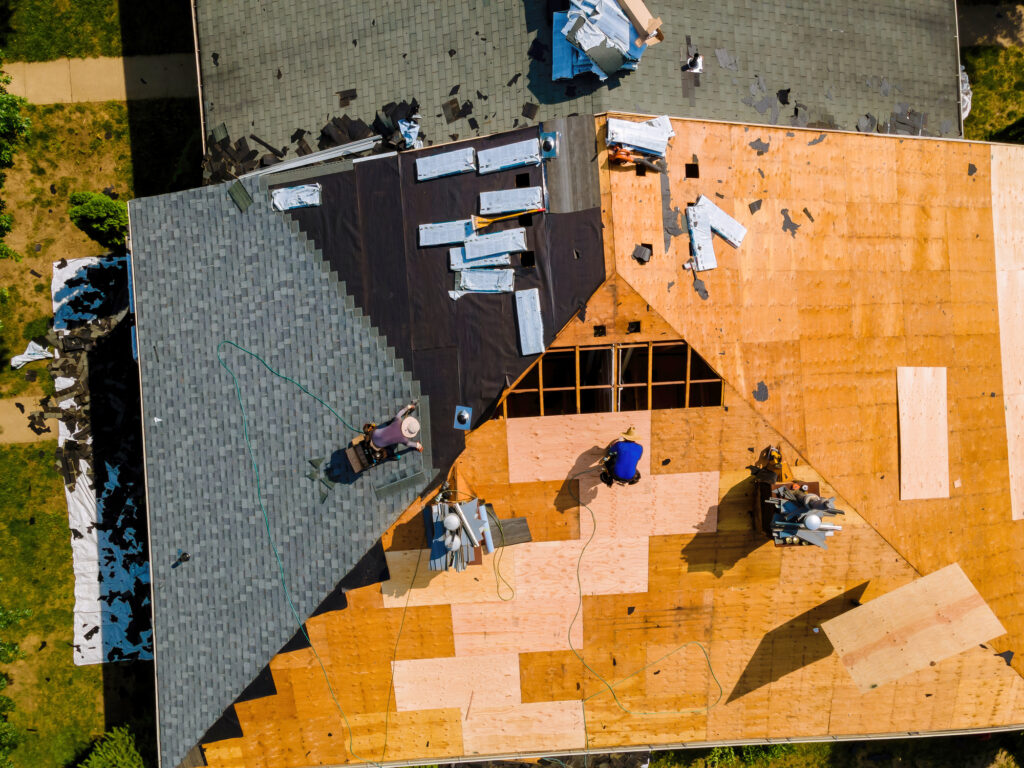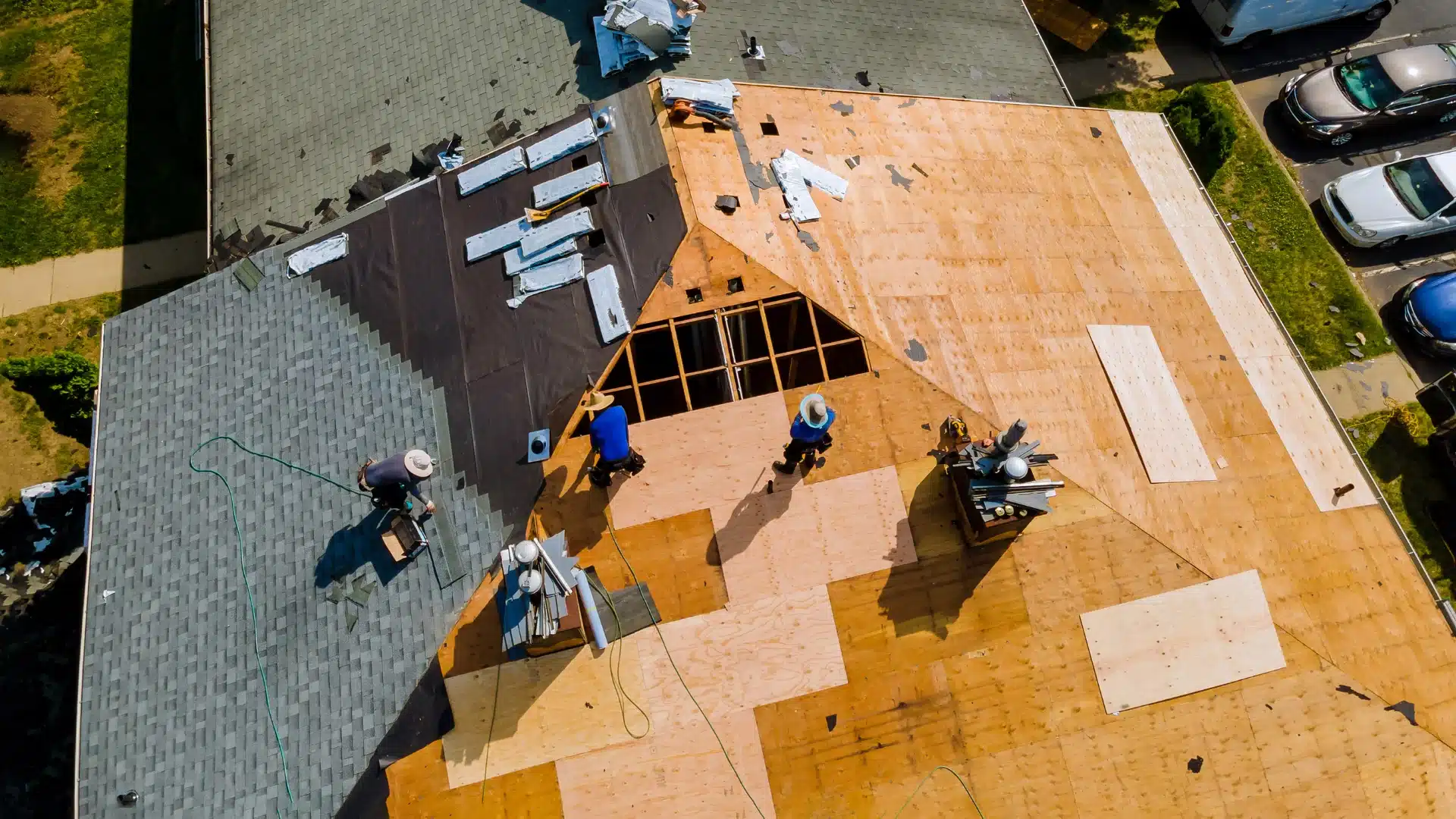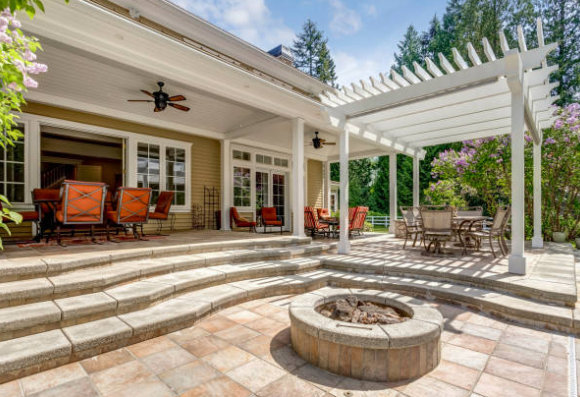
Roofing is a critical component of any new construction project. It not only protects the building from weather elements but also contributes to its aesthetic appeal and energy efficiency. This article will explore ten ways to improve roofing for new construction.
1. Choose the Right Materials
The choice of roofing materials significantly impacts the durability, maintenance needs, and appearance of the roof. Asphalt shingles, metal, slate, and tiles are popular choices, each with their pros and cons. Consider factors like local climate, budget, and architectural style when choosing roofing materials.
2. Invest in Quality Underlayment
Underlayment is a protective layer installed under the roofing material that provides additional water and wind resistance. Investing in high-quality underlayment can enhance the lifespan and performance of your roof.
3. Prioritize Proper Ventilation
Proper roof ventilation prevents heat and moisture buildup in your attic, which can lead to roof deterioration and mold growth. Ensure your roof design includes adequate ventilation systems to maintain a healthy and efficient home.
4. Install Durable Flashing
Flashing is used to prevent water intrusion at areas where the roof intersects with dormers, chimneys, and vents. Using durable, corrosion-resistant flashing materials and ensuring proper installation can improve the longevity and performance of your roof.
5. Opt for Energy-Efficient Solutions
Energy-efficient roofing materials can reflect more sunlight and absorb less heat, reducing energy costs. Cool roofs, solar shingles, or green roofs are excellent options for improving energy efficiency.
6. Incorporate Seamless Gutters
Seamless gutters are more effective at preventing leaks and clogs compared to traditional sectional gutters. They also offer a cleaner look, enhancing the aesthetic appeal of your new construction.
7. Use Ice and Water Shields
In colder climates, ice and water shields are essential to prevent ice dams that can damage the roof. These protective layers are installed at the eaves, valleys, and other vulnerable areas on your roof.
8. Hire Experienced Professionals
The quality of roofing installation significantly impacts its durability and performance. Hiring local roofing contractors ensures proper installation, adherence to building codes, and effective handling of any unexpected issues.
9. Regular Maintenance
Even new roofs require regular maintenance to keep them in optimal condition. Schedule regular inspections and promptly address any minor issues before they escalate into major problems.
10. Consider Aesthetics
While functionality is paramount, the roof also contributes to the overall aesthetic appeal of the building. Choose roofing materials and designs that complement the architectural style of your new construction.
In conclusion, improving roofing for new construction involves careful material selection, investing in quality components, prioritizing ventilation, installing durable flashing, opting for energy-efficient solutions, incorporating seamless gutters, using ice and water shields, hiring experienced roofers, performing regular maintenance, and considering aesthetics. By paying attention to these aspects, you can enhance the durability, efficiency, and appearance of your roof, adding value to your new construction project.






